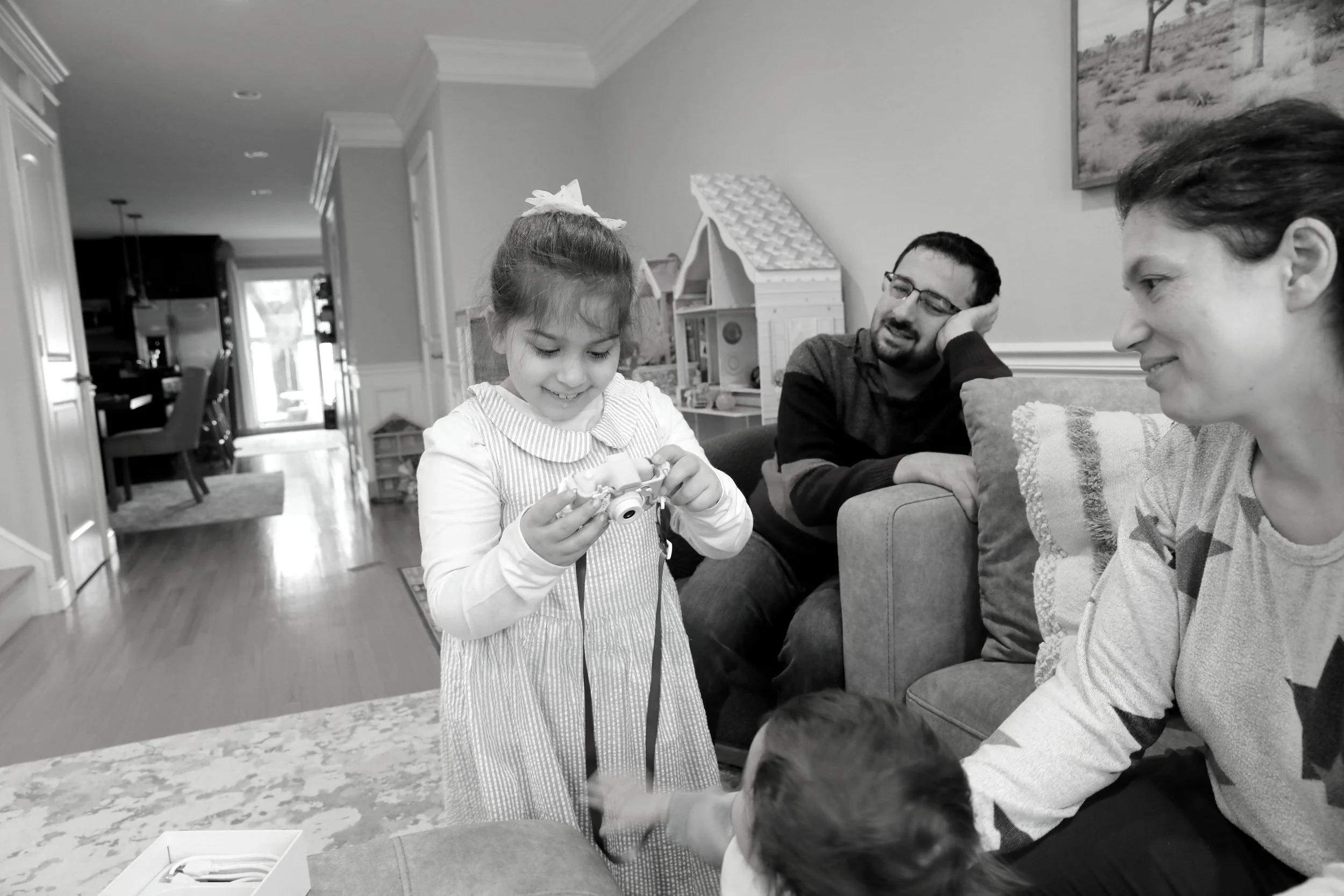Kuzu Family (1/4)

Kuzu Family (1/4)
This may look like any child, any family, any weekend. A dad and mom sharing the excitement of their daughter, little hands grasping a new toy, eyes wide with curiosity at the tiny image on the camera screen. What you can't see is that this little girl, Ipek, has a fatal genetic disease - ataxia telangiectasia, or AT - which eventually robs children of their ability to read and write, slurs their speech, confines them to wheelchairs and makes them highly likely to get regular lung infections that don't respond to antibiotics and malignant cancers like lymphoma and leukemia. Children with AT often don't survive their teenage years, at most into their twenties.
But Ipek received a highly targeted genetic treatment at just three years old and became the second child after Mila to receive an individualized medicine. Four years have gone by, and although regular injections and hospital monitoring are the price to pay, Ipek's life is more normal than what it should be.
It's moments like these that give us hope that we can find and treat children like Mila and Ipek in time so that they and their families never know life with disease.
Kuzu Family (2/4)
Before Mila began receiving milasen, I thought about what I would consider a meaningful outcome. Facing a rapidly progressive fatal condition, a longer life was the obvious answer. But when I dove deeper beyond time, I found my answers in happiness and interaction with the world around her.
A few years after Mila began receiving her treatment, Ipek followed with her own individualized medicine, but she was treated earlier on in her disease. Only time will tell if a longer life lies ahead, but in the meantime I can't help but notice her joy and the friends who surround her at swim class, a red-haired mermaid clutched tightly in her hand. A scene so familiar from the happiest time in Mila's life.
Kuzu Family (3/4)
Before Mila was diagnosed, I had no idea that a seemingly healthy child could lose their abilities. I didn't know that Mila's ease in placing little people into her doll house would come to an end, childhood laughter turning into exhaustion and confusion.
Unlike Mila, Ipek was treated early on in her disease. One big step towards the future of finding and treating children at birth before symptoms even begin. In many ways, Ipek’s life is looking better than where it should be. But it isn't black and white. She works hard to carry the little flower garden she made while at the same time concentrating on walking properly so it doesn't fall.
Kuzu Family (4/4)
When I watch Ipek walk down the stairs, I can't help but think back to years ago when she met Mila at Boston Children's Hospital after an injection of milasen. Ipek was two years old and had just started walking. Mila was nine and her legs were just starting to give out. Ipek walked beside Mila, supported by me from behind, with Mila's birthday balloon in her hand. That day, I remember thinking that Mila had given her legs and likely her life to Ipek. Learning from one little girl to help the next. That's how we're going to get there.